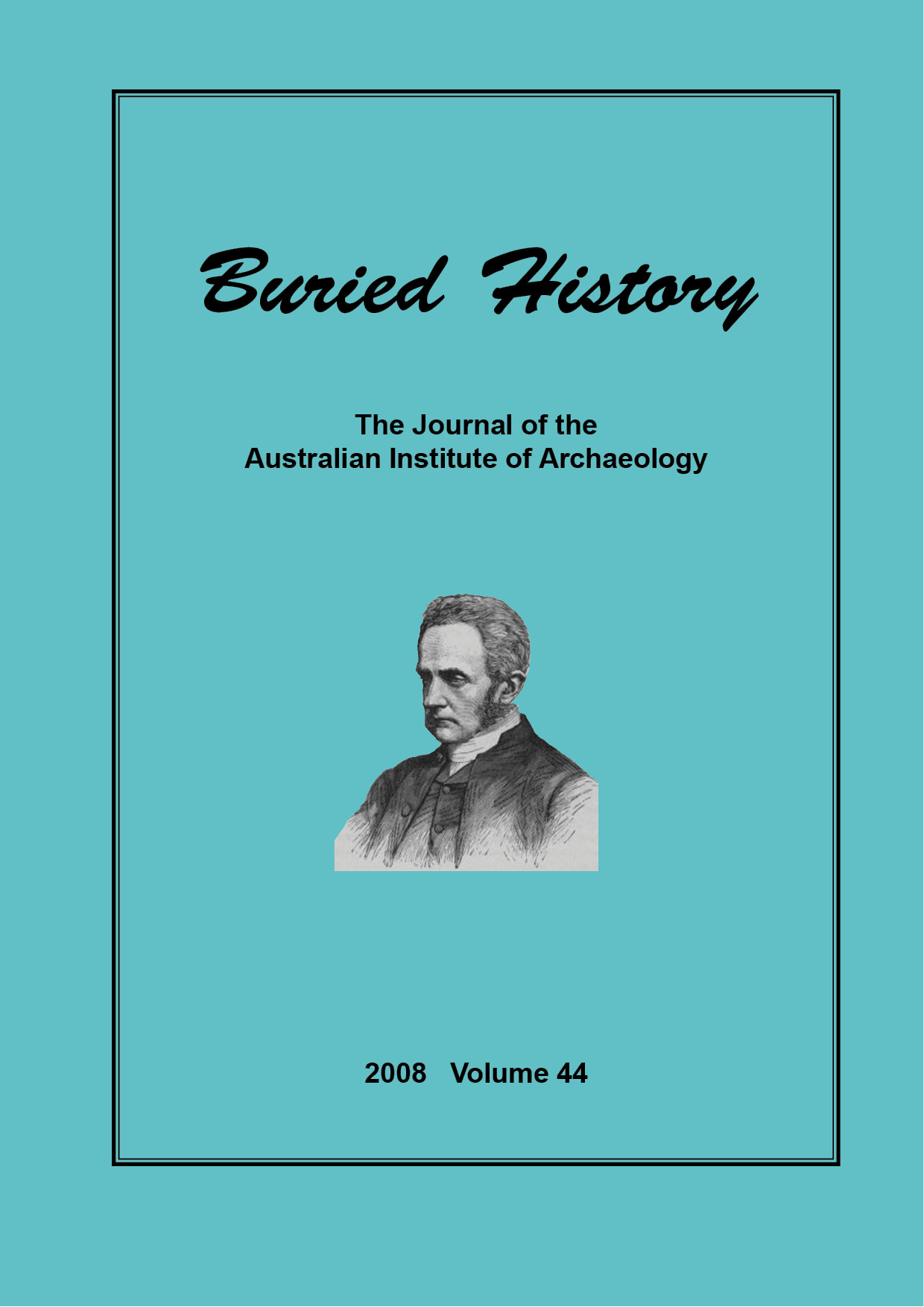Encountering the Biblical Landscape: Arthur Penrhyn Stanley’s Sinai and Palestine and its British Reception
DOI:
https://doi.org/10.62614/pw8beg88Abstract
While Arthur Penrhyn Stanley and his many achievements have been documented at some length, his contribution to the historical geography of the lands of the Bible is less well known. This paper discusses Stanley’s explorations and the reception of the publication of his travels by the English intellectual and religious communities. It argues that, as part of a larger program to put British biblical interpretation on a fi rm historical foundation, Stanley set out to replace the received text-based metaphorical understanding of ‘Holy Land’ with an empirically based literal apprehension, a change with deep implications for the nature and practice of English Christianity. It therefore traces a double encounter with the biblical landscape. A learned work on the historical geography of Palestine described the world ‘out there’ which Stanley had gone to see. Consideration of the ideological implications drew out the significance of that world for the situation ‘at home’ in England. This dual approach structured the critical response. The more realistic sense of the Bible lands was welcomed; Stanley’s liberal-Anglican proposals for a more truly biblical Christianity were resisted. An early example of ‘Anglo-Palestinian academic orientalism’, his work achieved only part of its purpose.
Downloads
Published
Issue
Section
License
Copyright (c) 2009 Geoffrey R. Treloar (Author)

This work is licensed under a Creative Commons Attribution-NonCommercial-ShareAlike 4.0 International License.




